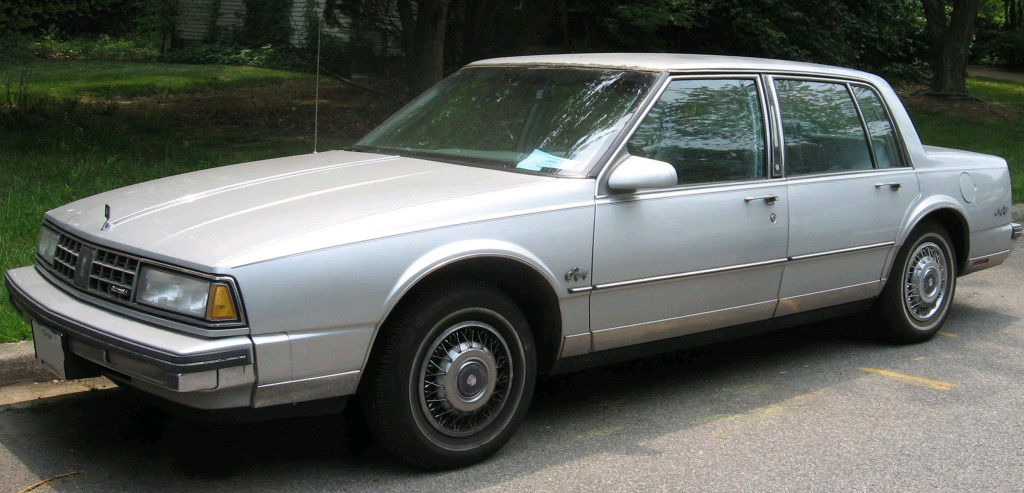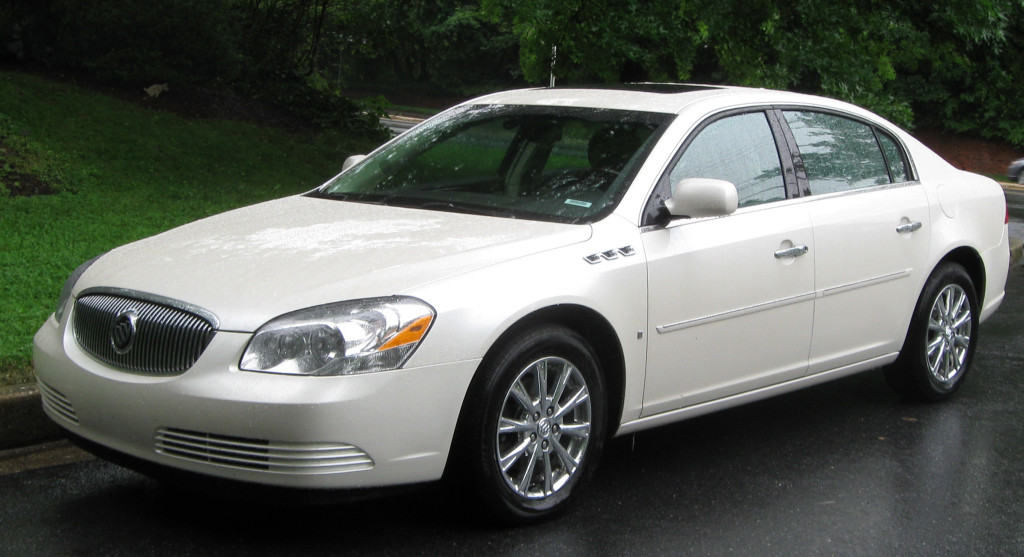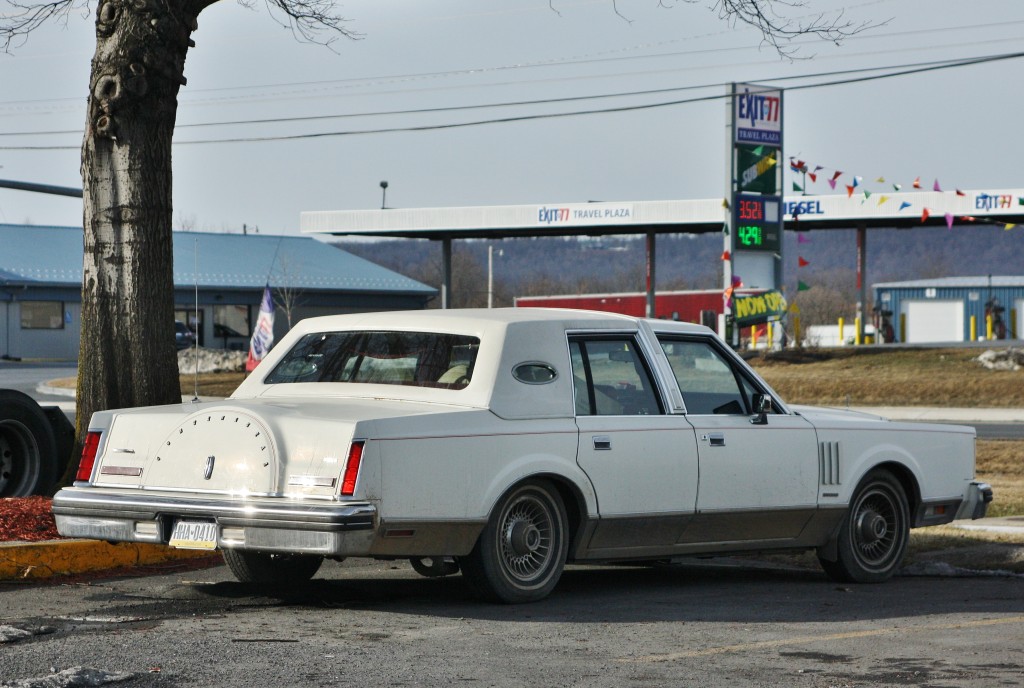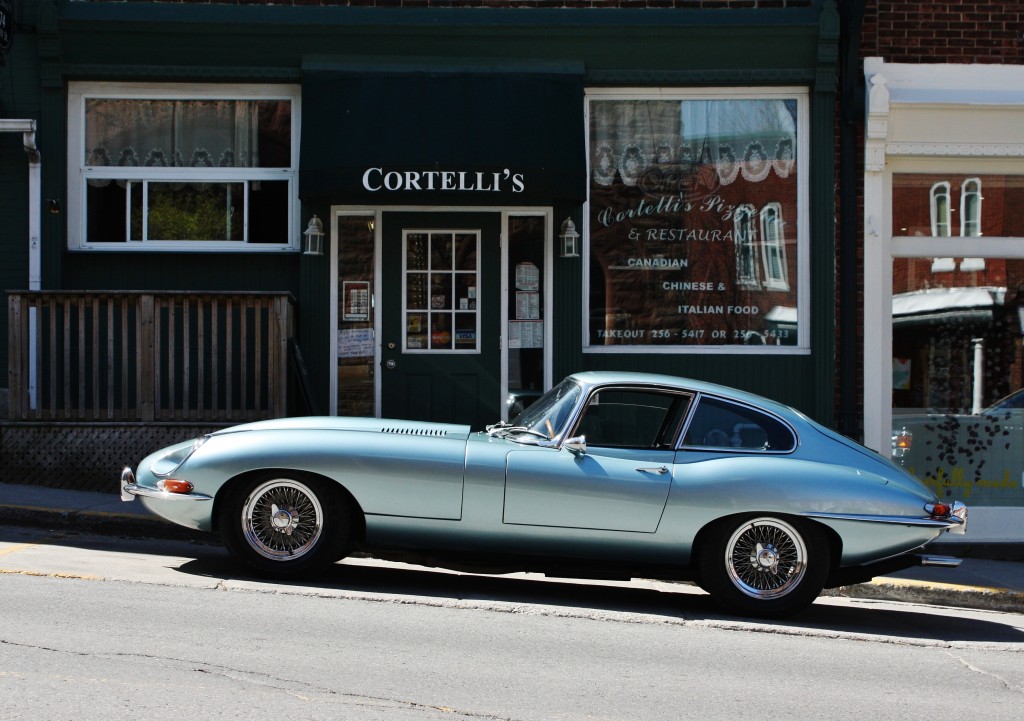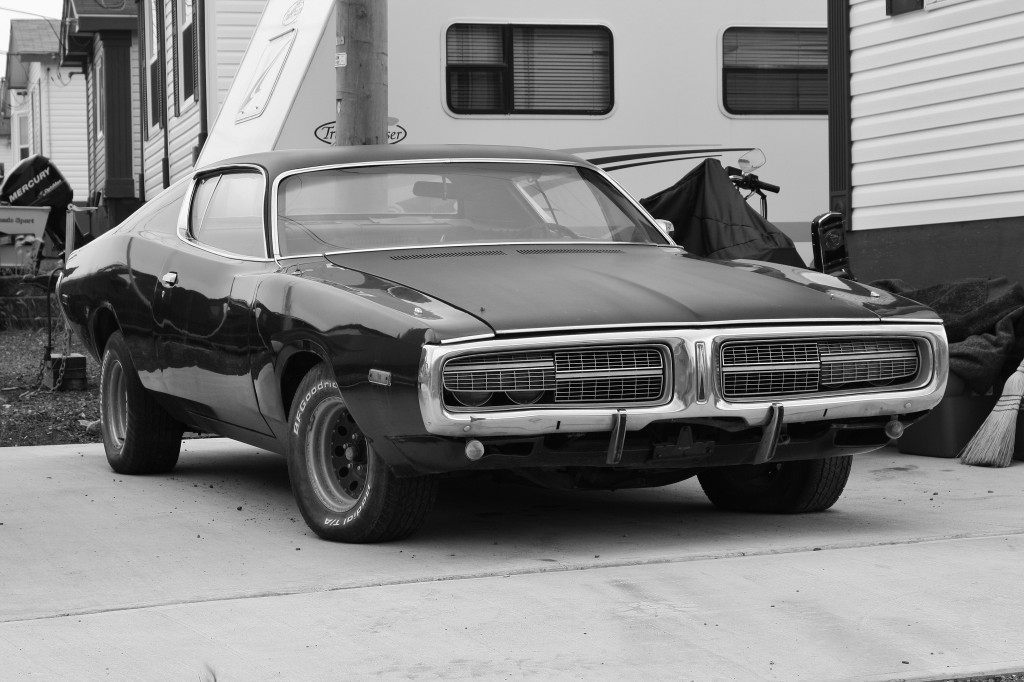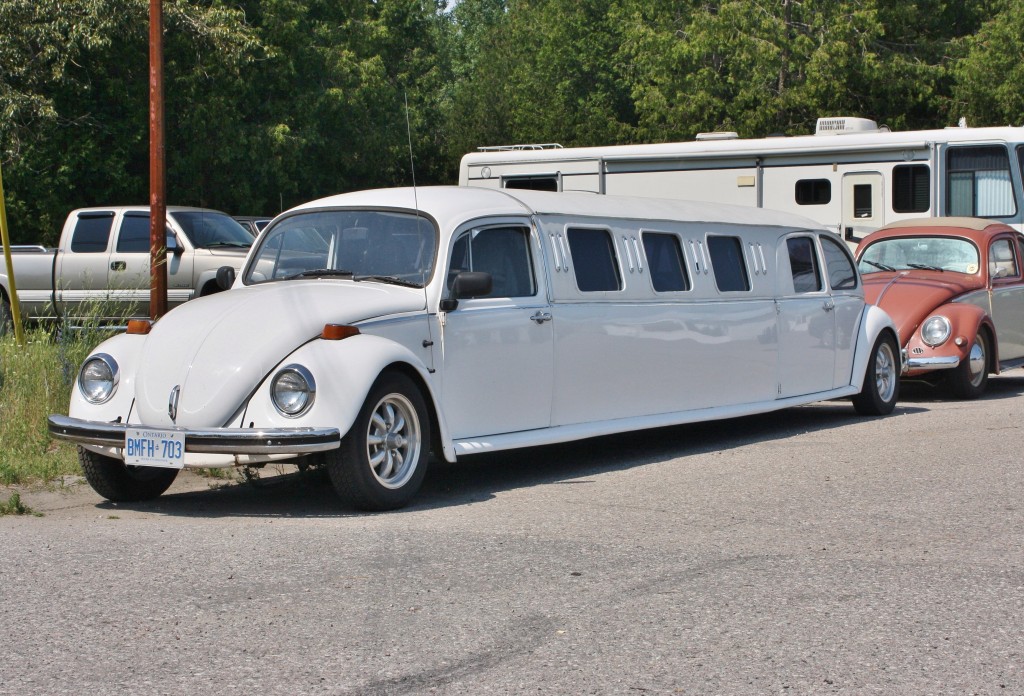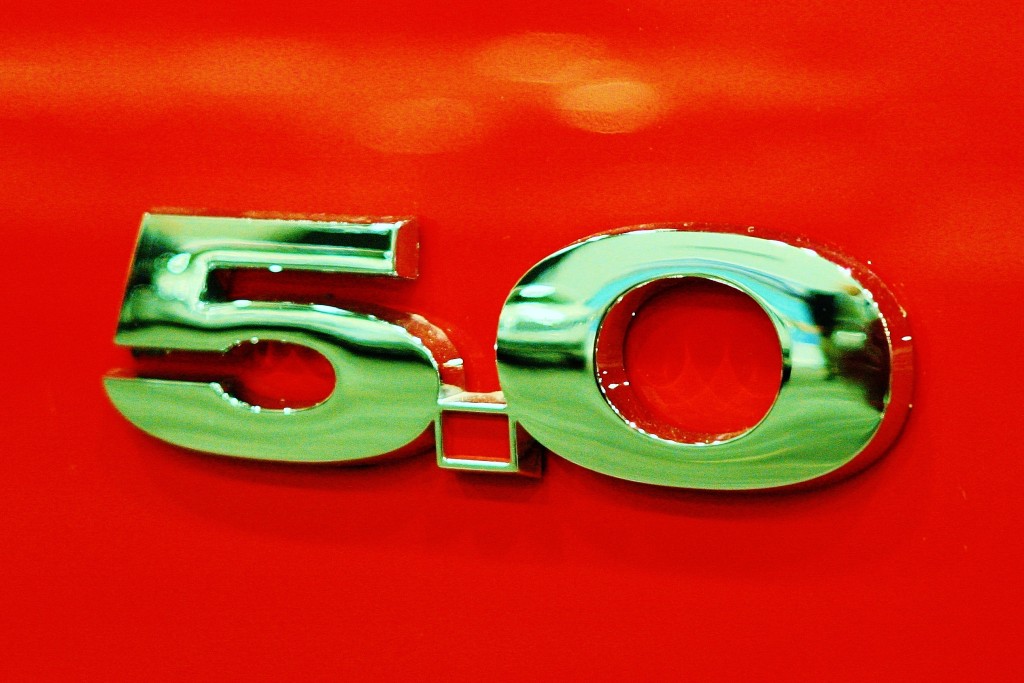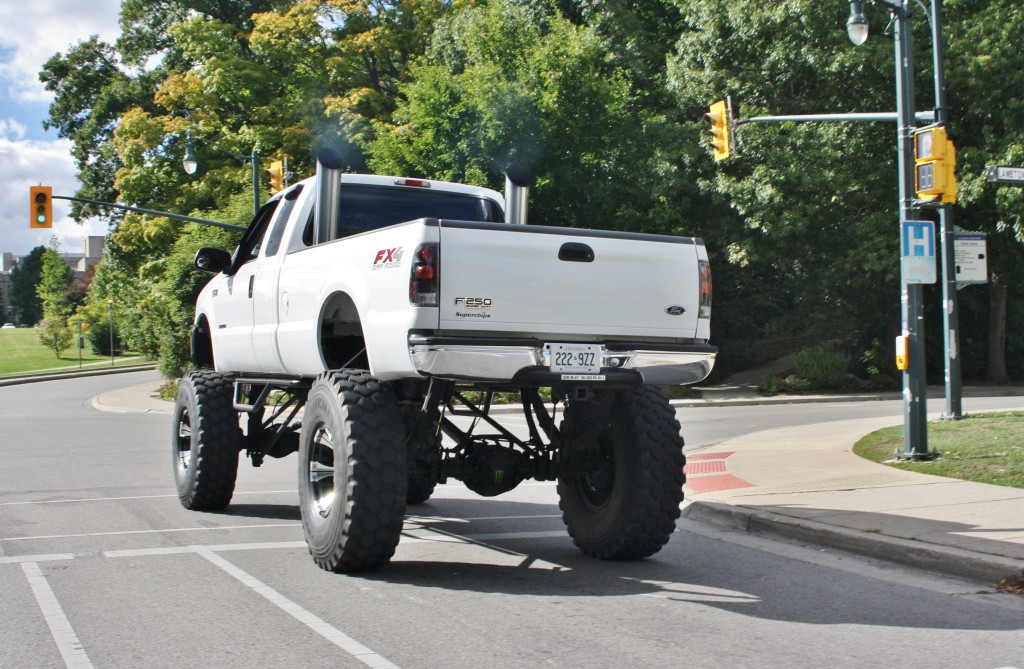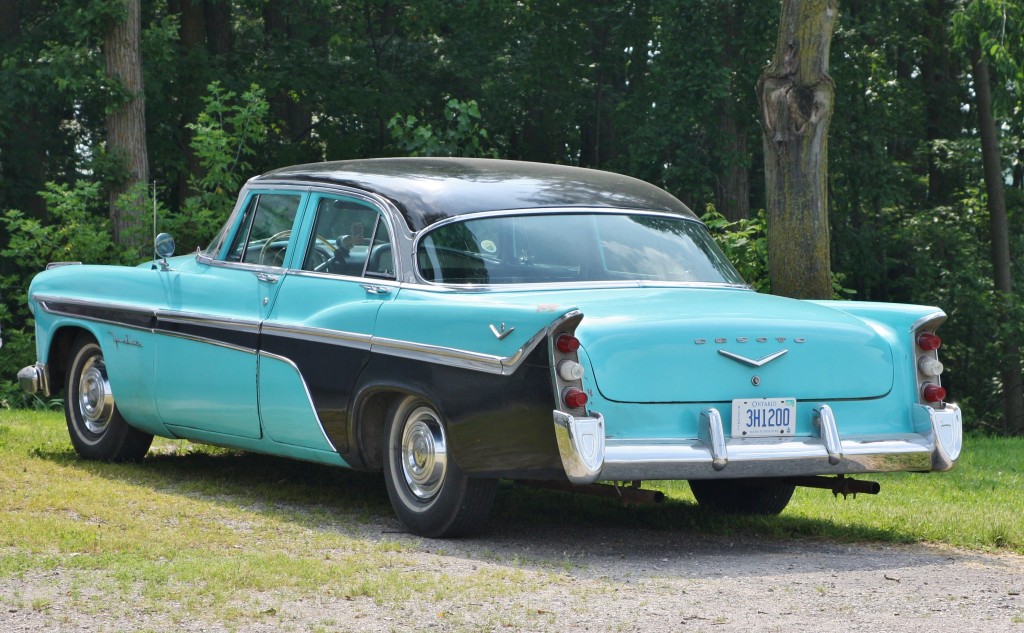Pulling into the future
In the proceeding blog post there was much waxing poetic over boats from the 1970s and 80s – a real gush-fest, if you will, over the big land yachts of yesteryear.
But was this bygone era really all that long ago?
The lineage of these vehicle pushed further into the modern day than most people give them credit for. Take the brawny Caprice/Fleetwood/Roadmaster cousins of the mid 1990s.
The full-size, V8-powered, rear-wheel-drive era pushed into the 21st Century with the Panther platform triplets – the Ford Crown Victoria, Mercury Grand Marquis and Lincoln Town Car. Popular with cops, livery companies and the geriatric set, this platform underpinned Ford Motor Company’s full-sizers from 1978 to September 15, 2011.
Many people are still mourning the loss.
While all this was going on, however, there were other respectable large-car platforms toiling away on the highways and back roads of America – and selling in much larger numbers to boot. These sedans had most of the trappings of traditional full-size cars (soft suspension, front bench seats…SIZE) but with a key difference – they came equipped with dreaded, unsexy front-wheel-drive.
Their names are familiar, as they were taken from their renowned rear-wheel-drive predecessors – Oldsmobile 88 and 98, Pontiac Bonneville, Buick LeSabre and Park Avenue, Cadillac DeVille. From the mid-80s until the turn of the century, these vehicles occupied the upper tier of their respective marques.
Typically found with GM’s ubiquitous 3.8-litre V-6 under the hood, these lengthy front-drivers put the power to the road though a column-shifted 4-speed Hydra-Matic. I have fond memories of many youthful adventures involving a friend’s ’86 and ’94 Olds 88.
Powerful, smooth and seemingly indestructible, cruising in either Olds was like taking to the road in your living room – comfortable, spacious, and familiar.
Some of those models were given the hot treatment, though I sadly never got the chance to drive one. The understated Olds LSS and Buick Park Avenue Ultra were real sleepers in their time, powered by supercharged 3.8’s that could easily challenge unsuspecting Camaro drivers.
When a new century dawned, those tired, dusty nameplates of the past were soon replaced with new models of similar dimensions, containing similar drivetrains. Well, the same drivetrain.
The Olds 88 and 98 didn’t get to see the 21st Century (Oldsmobile would soon be unceremoniously killed off, anyway), but the other stablemates did, soldiering on until 2005. Pontiac later met the same unfortunate fate as Olds when bankruptcy loomed for the General and all unnecessary overhead (and nameplates) had to be jettisoned like human waste in outer space.
With Chevrolet flogging hyper-bland (yet spacious and uber-traditional) Impalas starting in 2000, Buick was left to tempt traditional large-car buyers with its Park Avenue/LeSabre replacement, the Lucerne. During its five year run (2006-2011), the archaic Lucerne set few hearts on fire, but it did do an admirable job of carrying the torch in a race with few remaining competitors.
With a standard pushrod V-6 whose architecture dated from the Cretaceous Era, the Lucerne was built on the high-strength GM G-Body that underpinned the late Buick Riviera coupe. It was long, with big overhangs (like the Riviera), looked heavy (it was), and featured tell-tale Buick Ventiports on the front fenders.
A ‘Super’ edition powered by a Cadillac-sourced 4.6-litre V-8 added horsepower and a dash of style over the base Lucerne. The chrome waterfall grille of the Lucerne Super (which became the standard look in later years), coupled with the wide and rakish C-pillars was enough to catch my eye.
Sure, it was a lumbering dinosaur that didn’t reflect the new, post-bankruptcy GM, but I liked it all the same. I knew, at the time, that the Lucerne was among the last of a nearly extinct breed – one that had once been so plentiful.
(Note: the Chevy Impala soldiered on from its 2006 redesign until 2013, so it REALLY represents the end of the old-school full-size front-driver era. This was also the last time a car could be bought with a optional front bench seat.)
The Lucerne is now gone, replaced by the far more modern Lacrosse, while the Impala has finally entered the 21st Century with a handsome redesign and upgraded technology top to bottom. No more pushrods, 4-speed automatics, or bench seats, which could be seen as a good thing by those lacking nostalgia.
